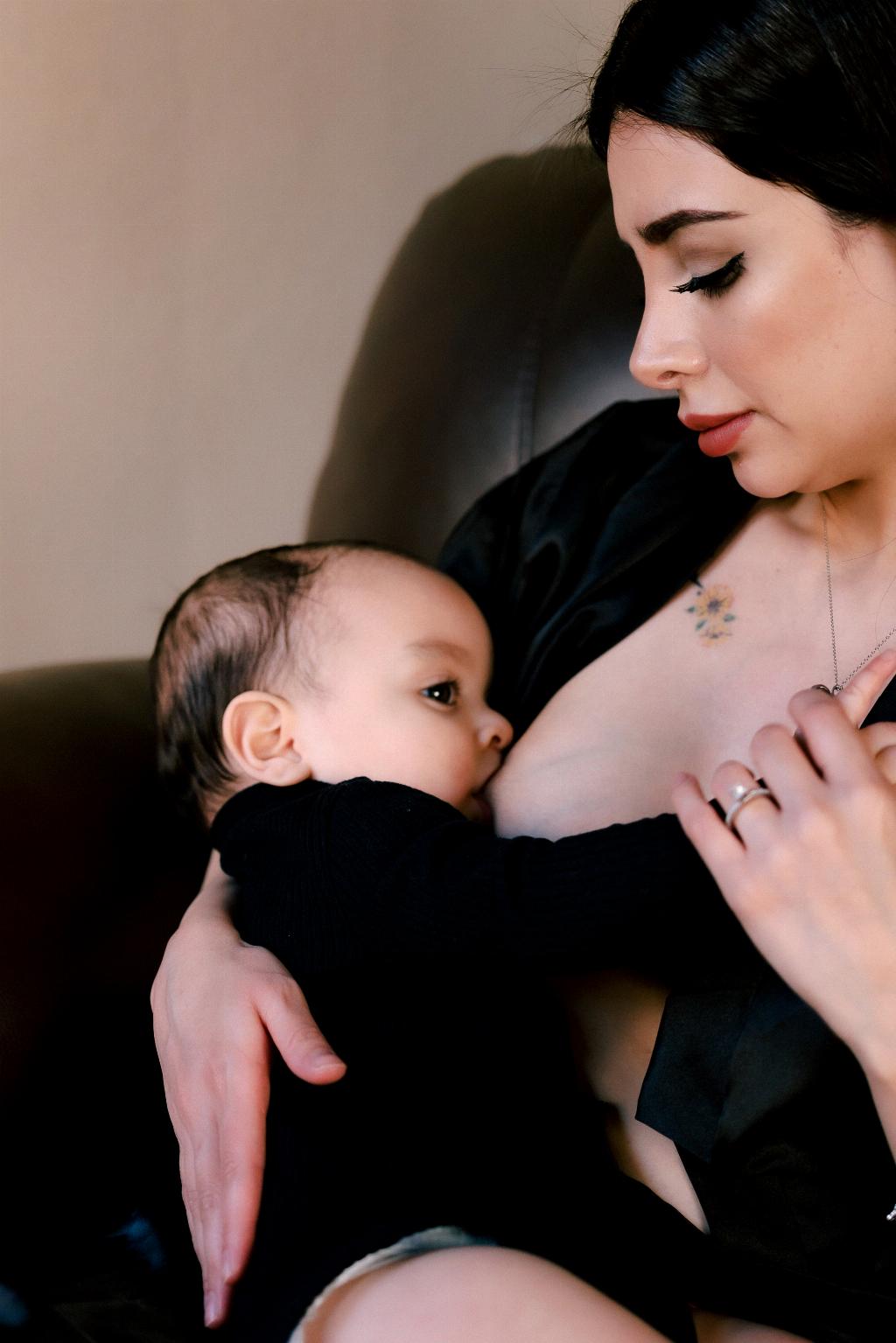Embarking on the journey of breastfeeding is a miraculous and challenging experience for many new mothers. The question of how long it takes for breastfeeding to become comfortable is one that often lingers in the minds of those beginning this journey.
Early Days of Breastfeeding: The Learning Curve
In the initial days after giving birth, breastfeeding can be filled with uncertainty and challenges. It’s a time of learning for both the mother and the baby as they navigate this new experience together. Finding the right latch, ensuring proper positioning, and establishing a feeding routine are all part of the early struggles.
Settling into a Routine: The Established Phase
Between 2 weeks to 6 months of age, what is commonly known as “Established Breastfeeding” occurs. This phase is where the journey begins to transition into a more comfortable pattern for both mother and baby. Many mothers find that breastfeeding starts to feel more natural during this time.
Continuing the Journey: Nurturing the Bond
As weeks progress, the bond between mother and baby strengthens through breastfeeding. The intimate moments shared during each feeding session create a unique connection that goes beyond just nourishment. This bonding time becomes cherished and deeply comforting for both parties.
Understanding Your Baby’s Cues: A Key to Comfort
One crucial aspect of making breastfeeding comfortable is learning to read your baby’s cues. Understanding when your baby is hungry, tired, or simply seeking comfort can help make the feeding experience smoother and more enjoyable for both of you.
Overcoming Challenges: Seeking Support
While breastfeeding can be a beautiful experience, it’s not without its challenges. Engorgement, sore nipples, and struggles with milk supply can all impact the comfort level of breastfeeding. Seeking support from lactation consultants, healthcare providers, or support groups can make a significant difference.
Self-Care for the Breastfeeding Mother
Taking care of yourself as a breastfeeding mother is essential for maintaining comfort. Staying hydrated, eating nourishing foods, getting adequate rest, and finding moments of relaxation can all contribute to your overall well-being and make breastfeeding more comfortable.
Embracing the Journey: Celebrating Milestones
As you navigate the ups and downs of breastfeeding, it’s important to celebrate the milestones you achieve along the way. Whether it’s overcoming initial challenges, reaching a feeding goal, or simply enjoying a peaceful feeding session, each success is worth acknowledging.
Flexibility and Adaptability: Key to Comfort
Being flexible and adaptable in your approach to breastfeeding can help enhance comfort levels. Every mother-baby pair is unique, and what works for one may not work for another. Embracing this uniqueness and adjusting your feeding routine as needed can lead to a more comfortable experience.
Enjoying the Connection: A Source of Comfort
As breastfeeding becomes more comfortable, many mothers find that the bond they share with their baby deepens. The moments of closeness, eye contact, and skin-to-skin contact during feeding sessions become cherished opportunities to connect and comfort each other.
The Journey Continues: Evolving Comfort
Over time, breastfeeding evolves into a more comfortable and familiar routine for many mothers. The early challenges give way to a sense of ease and confidence as you and your baby settle into a rhythm that feels natural and fulfilling. The journey of breastfeeding is a unique and personal one, and finding comfort along the way is a rewarding experience.

